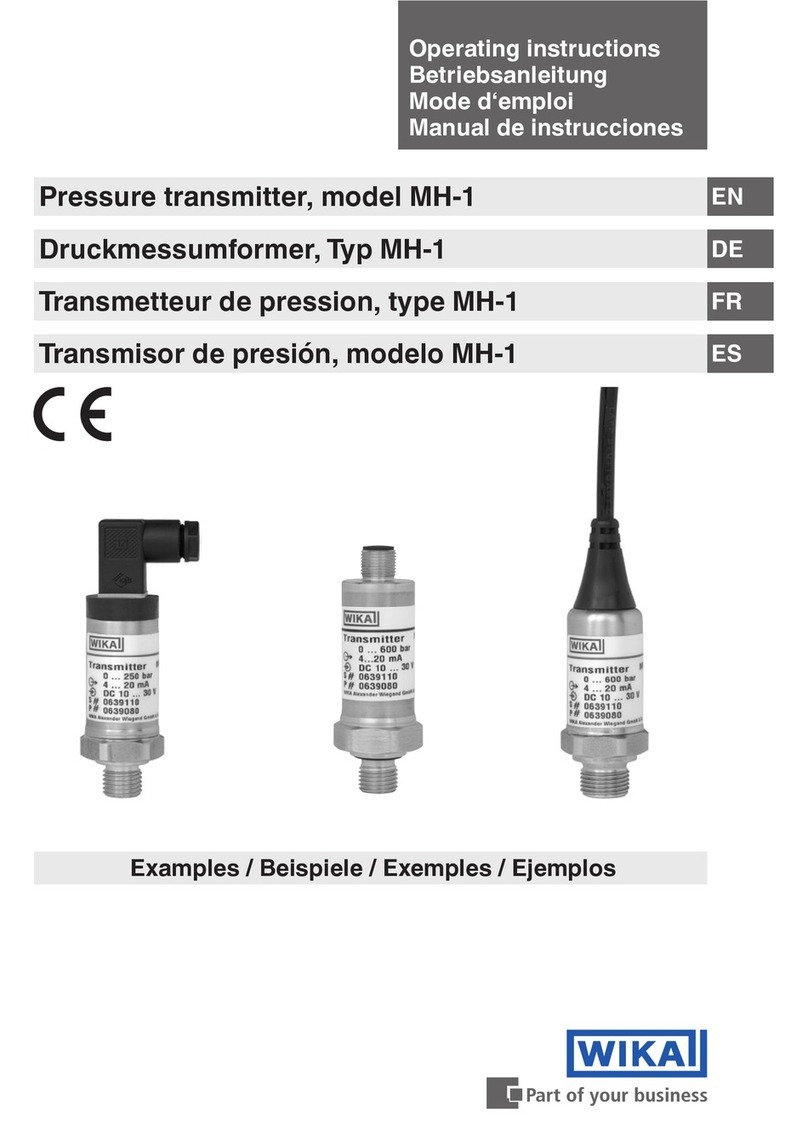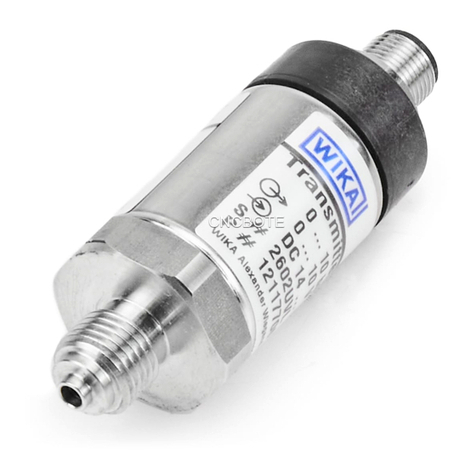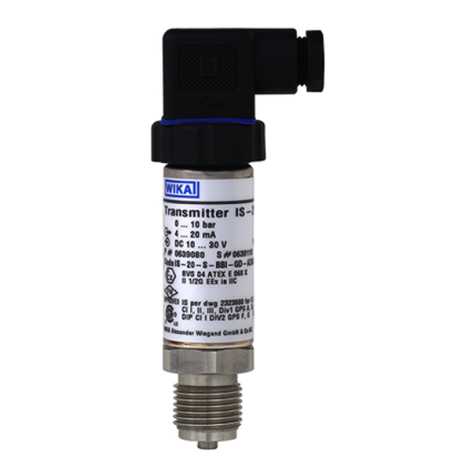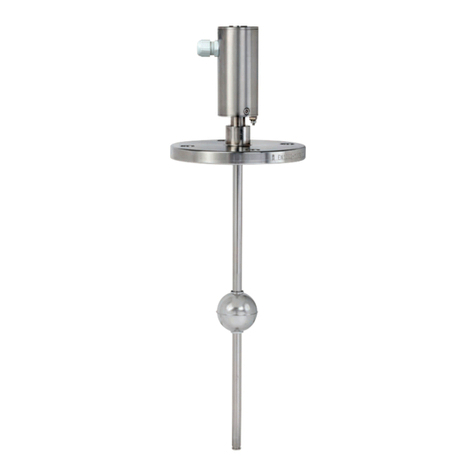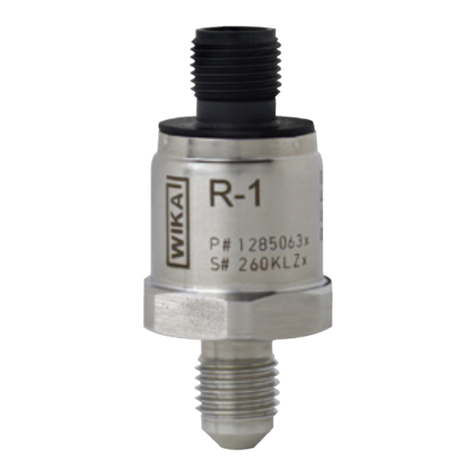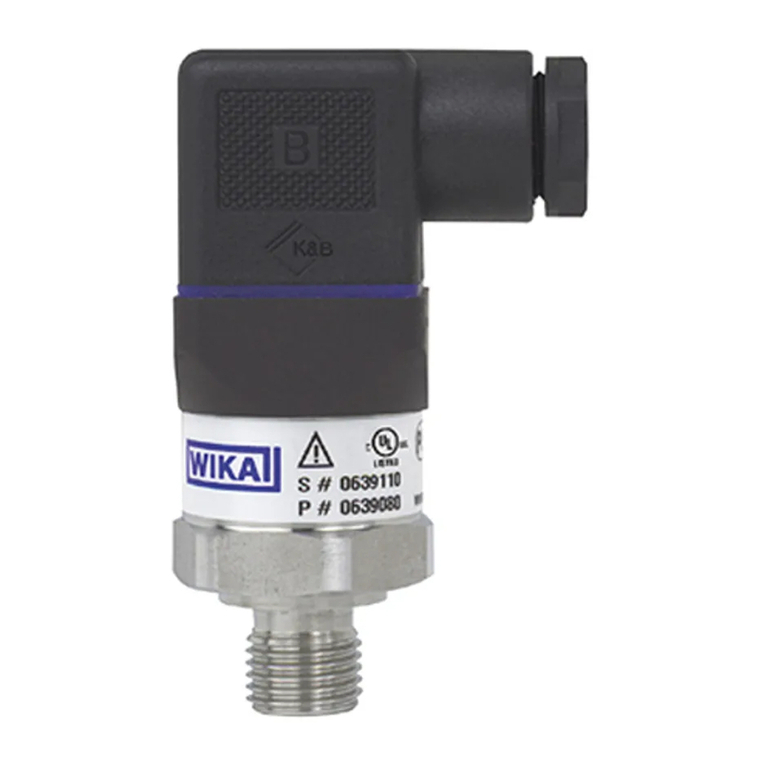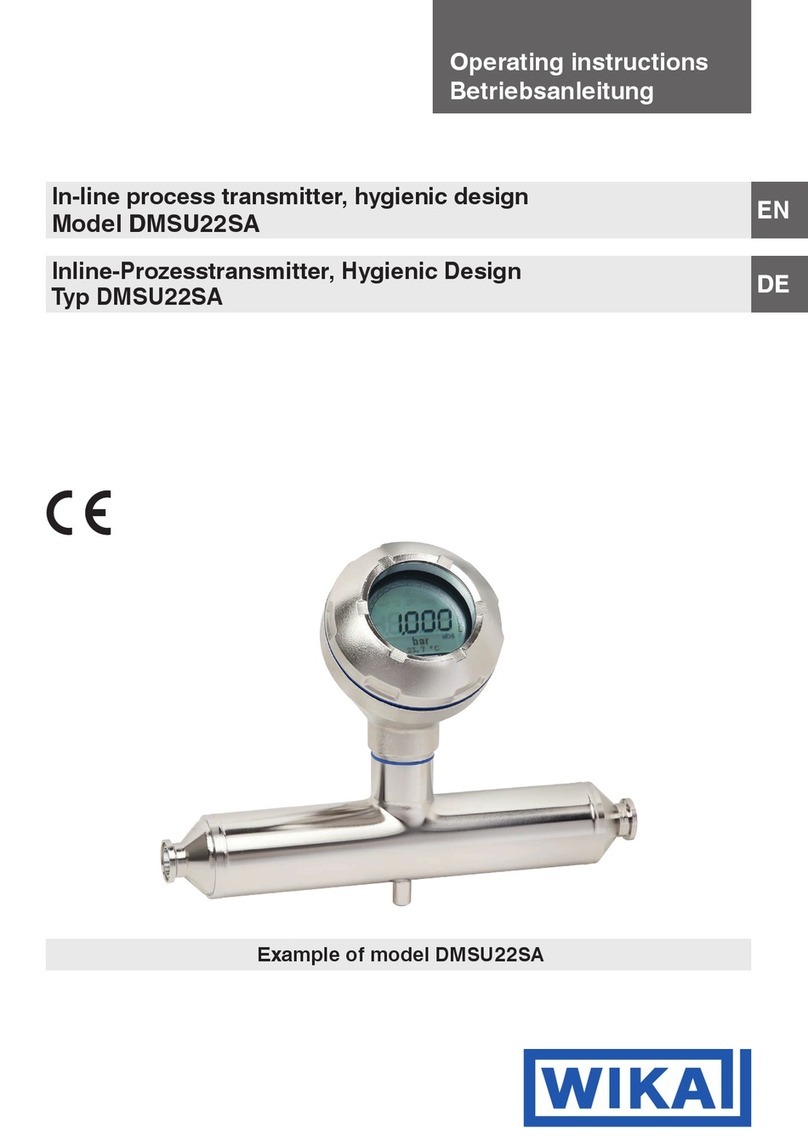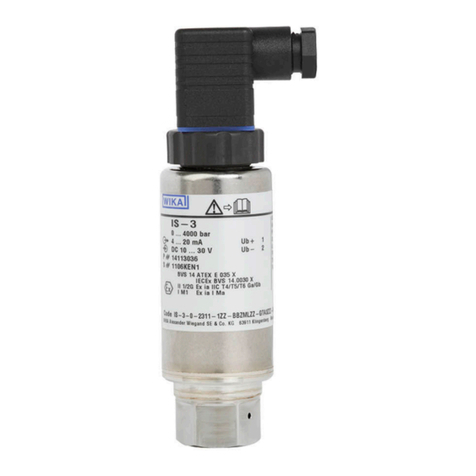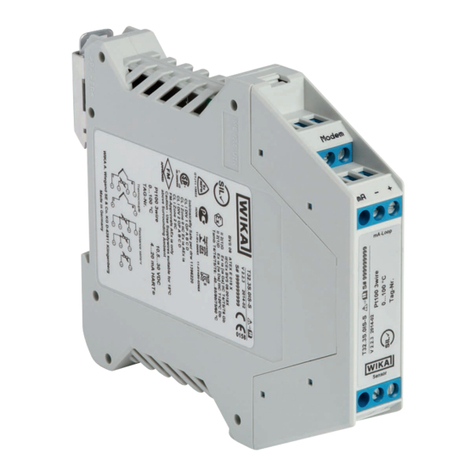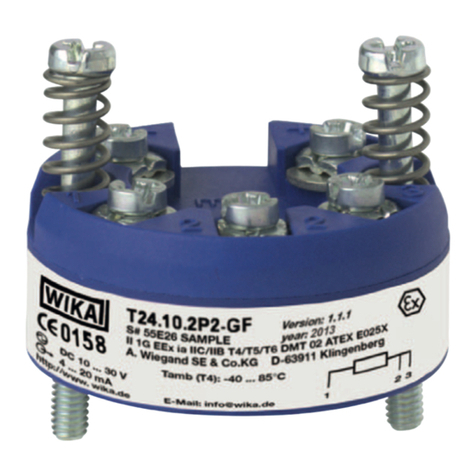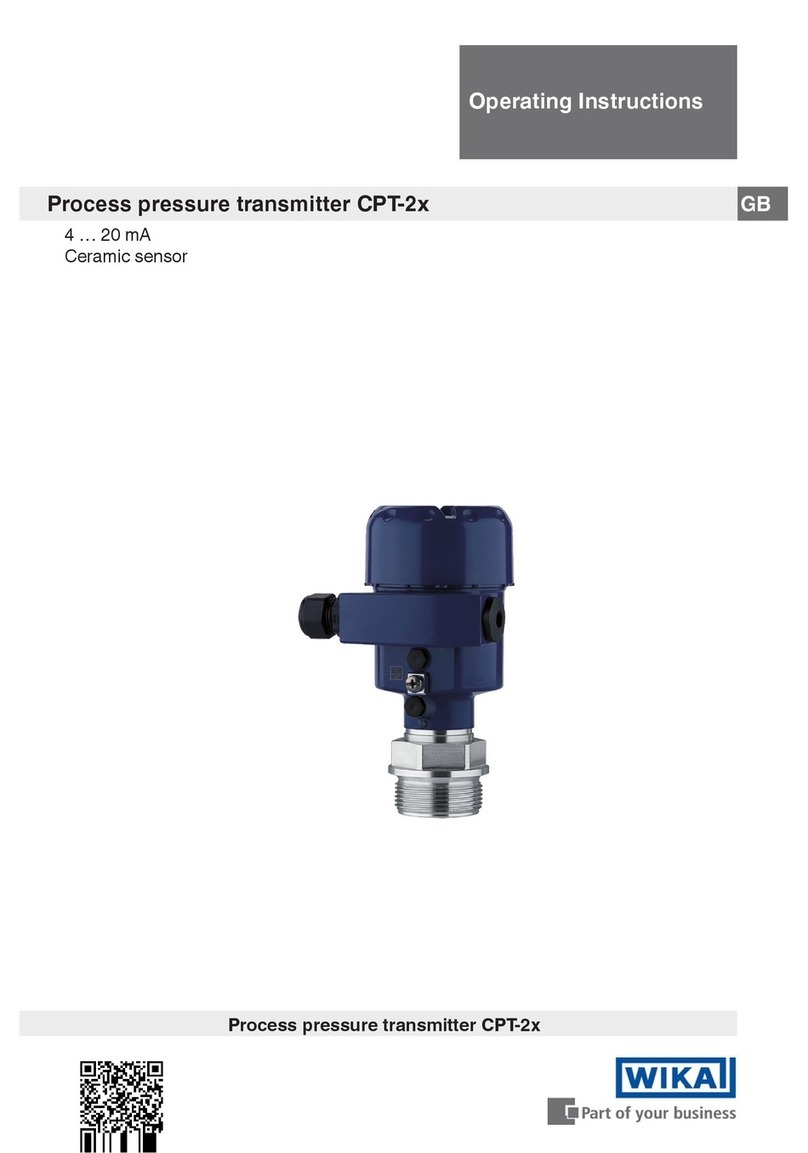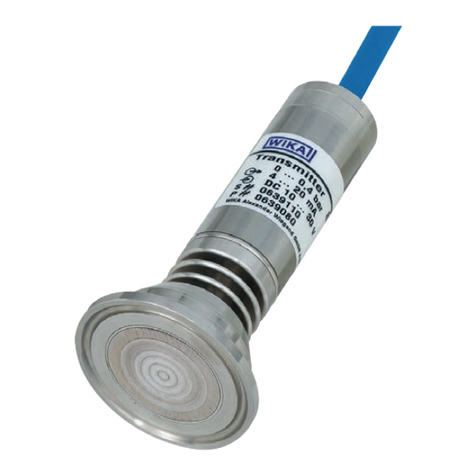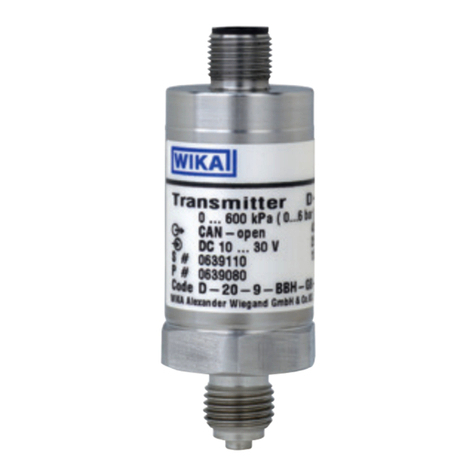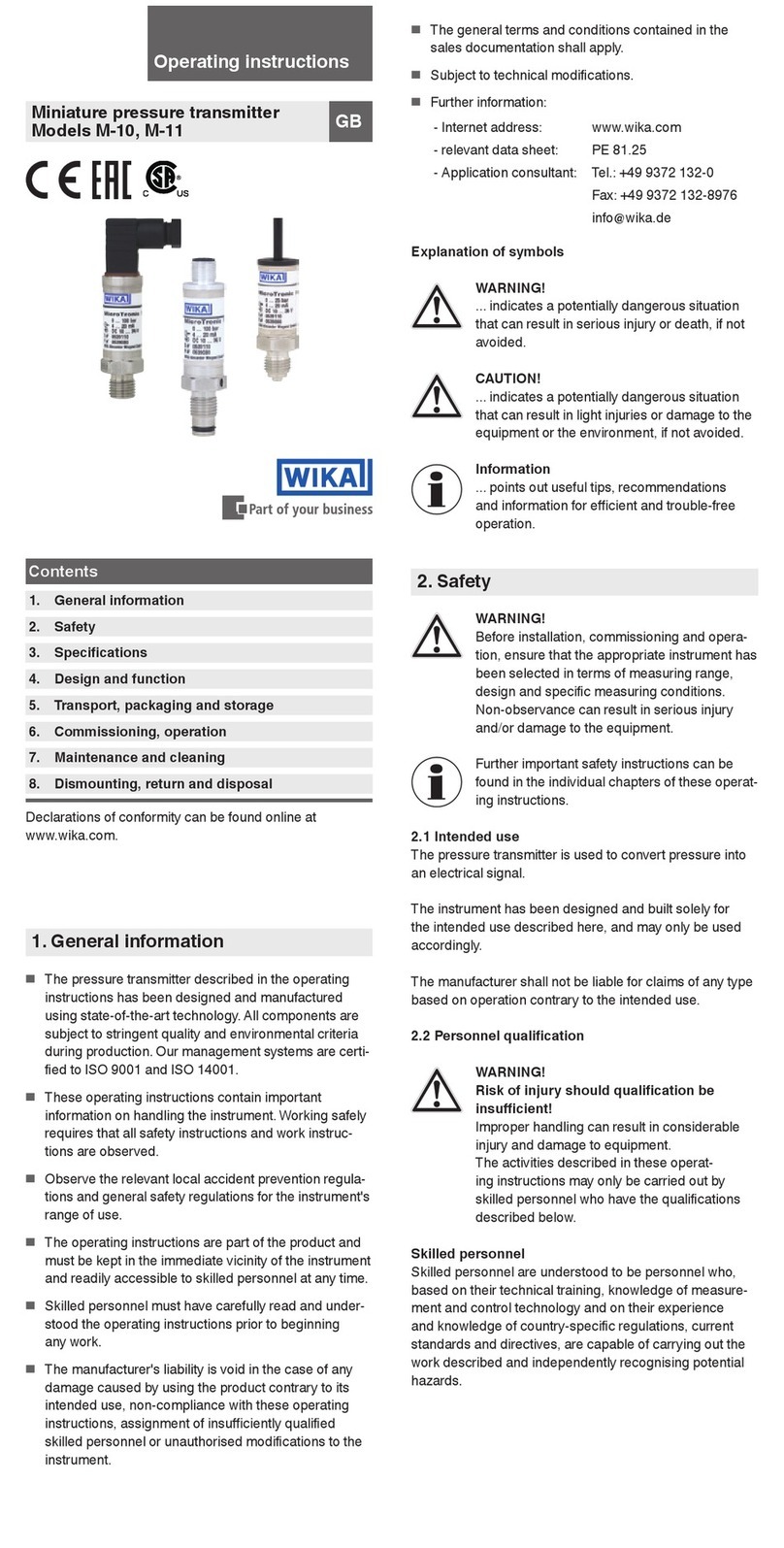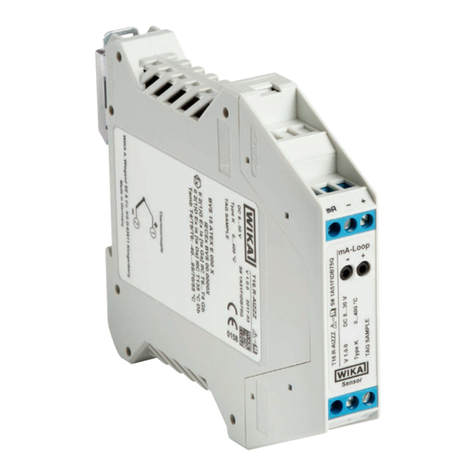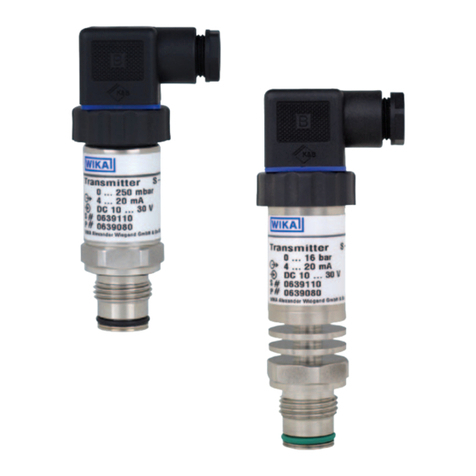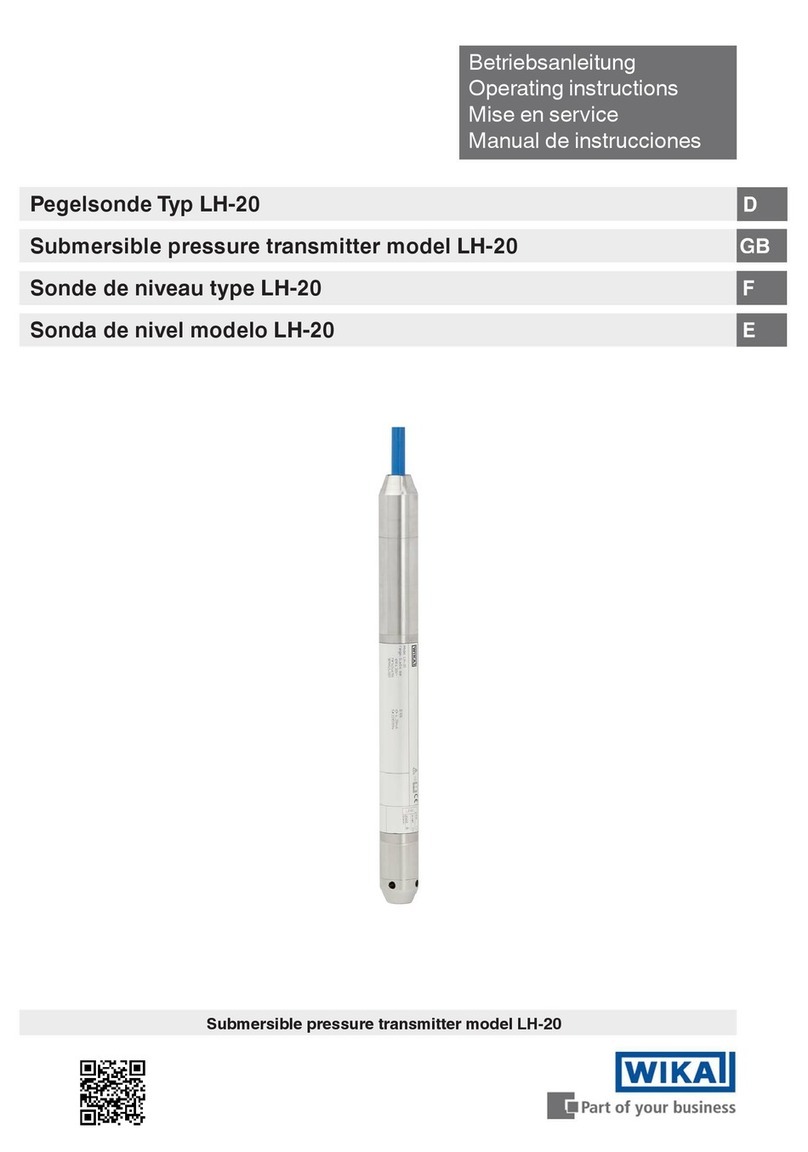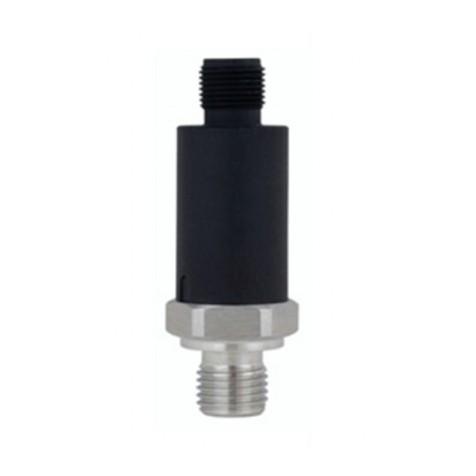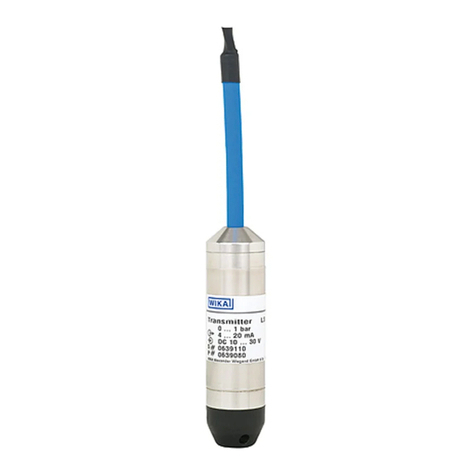
3WIKA Operating instructions/Betriebsanleitung/Mode d'emploi SL-1
2488791.09 EN/DE/FR 11/2021
1. Important details for your information / 2. A quick overview for you EN
Use of the product in accordance with the intended use SL-1:
Use the pressure transmitter to transform the pressure into an electrical signal.
1. Important details for your information
Read these operating instructions before installing and starting the pressure transmitter. Keep
the operating instructions in a place that is accessible to all users at any time.
The following installation and operating instructions have been compiled by us with great care
but it is not feasible to take all possible applications into consideration. These installation and
operation instructions should meet the needs of most pressure measurement applications. If
questions remain regarding a specic application, you can obtain further information:
→ For contact details see the back page of the operating instructions.
With special model number, e.g. SL-10000, please note specications in the delivery note.
If the serial number and/or the 2D code on the hexagon gets illegible (e.g. by mechanical
damage or repainting), the retraceability of the instrument is not possible any more.
WIKA pressure transmitters are carefully designed and manufactured using state-of-the-art
technology. Every component undergoes strict quality and environmental inspection before
assembly and each instrument is fully tested prior to shipment. Our environmental management
system is certied to DIN EN ISO 14001.
Knowledge required
Install and start the pressure transmitter only if you are familiar with the relevant regulations and
directives of your country and if you have the qualication required. You have to be acquainted
with the rules and regulations on measurement and control technology and electric circuits.
Depending on the operating conditions of your application you have to have the corresponding
knowledge, e.g. of aggressive media.
2. A quick overview for you
If you want to get a quick overview, read Chapters 3, 5, 7 and 11.There you will get some
short safety instructions and important information on your product and its starting. Read these
chapters in any case.






